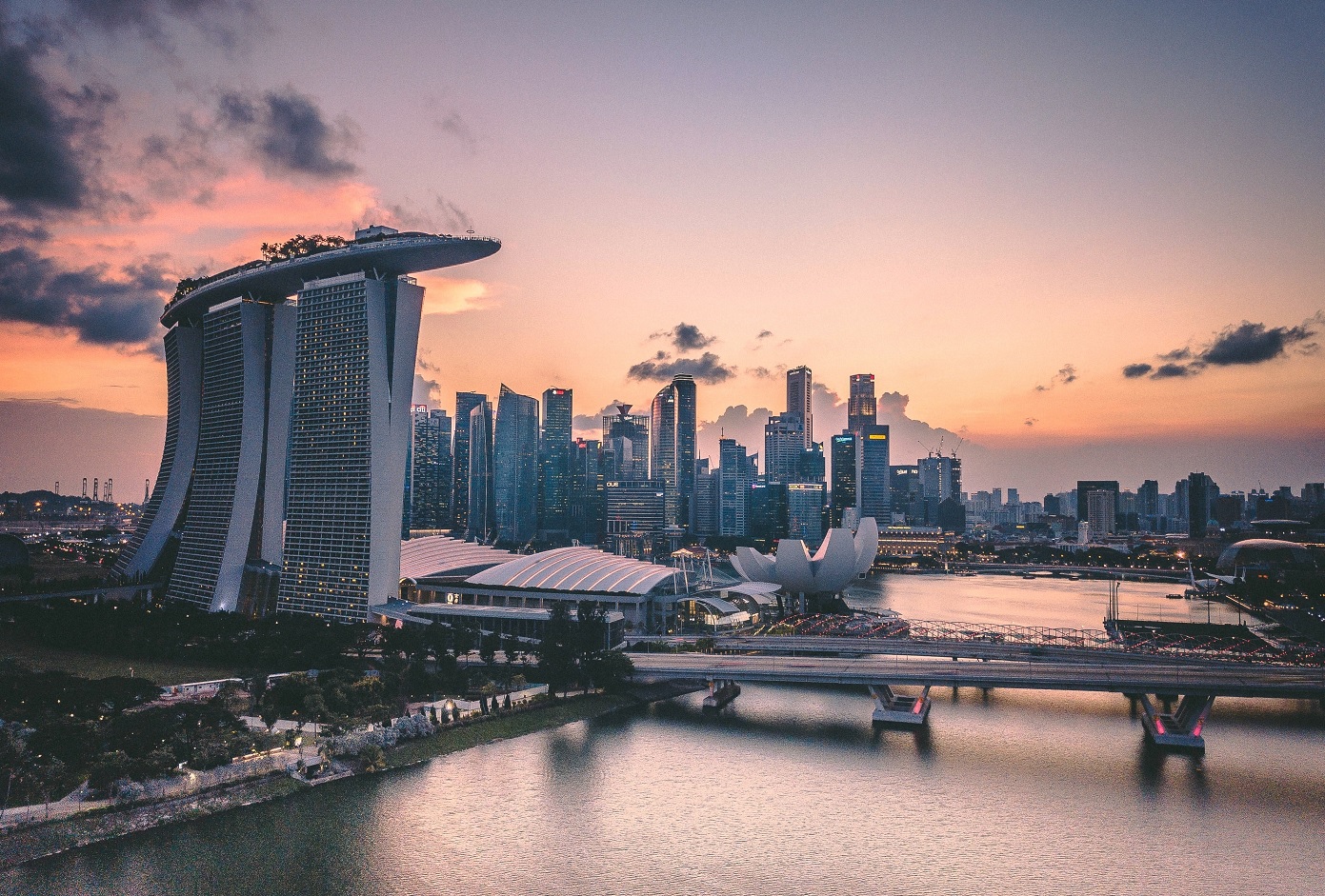
Singapore Global Centre
Smart Cities and Urbanisation
Overview
Urbanisation is one of the defining trends of this century and a key driver of development. By 2050, around 70% of the world’s population will be living in cities and towns. Asia and Africa will collectively account for a significant majority of the urban growth rate, a development that reflects the growth of both ‘megacities’ and smaller urban settlements in both regions over the past three decades. Today, cities produce around 80% of the global GDP and this importance is likely to continue. Cities also use 75% of global energy and are responsible for 70% of global carbon emissions. Accompanying the pace and extent of urbanisation are a number of positive and negative trends – from increased economic opportunities and improvements in lives and livelihoods, through to the potential for greater urban–rural disparity, lower quality of life, and conflict. One thing is clear, cities across the world play a critical role in driving sustainable development.
However, cities today face numerous vulnerabilities and threats. Without proper planning, policies, and support, urbanisation often leads to unnecessary risks and costs, preventing cities from reaching their full potential. Cases such as urban sprawls and the proliferation of informal settlements are increasing, and the communities who reside in such areas often suffer from the poor provision of public services (or lack of) such as healthcare or waste management systems. As their population grows, cities also become more complex, making long-term planning and city management a challenge. Amongst the numerous challenges that policymakers must tackle include those that are environmental, those pertaining to resource allocation, and even social challenges such as reducing intra-city inequalities.
Cities are providing a wide range of opportunities and possibilities for its citizens – and in order for them to be fully harnessed – cities should be built for and together with its citizens to fully unlock their potential. This includes taking into account the various needs and aspirations of people, making sure that everyone can have equal and inclusive access to services and create urban spaces and environments to enhance livability.
SDG 11 – Sustainable Cities and Communities – has the highest proportion of insufficient data at 60% to assess progress related to the SDG targets, double or more than any other SDG with significant gaps in geographic coverage, timeliness, and disaggregation by income, gender, age, ethnicity, disability or other. This further hinders policymakers and urban innovators from focusing their efforts where they are needed most.
The Smart Cities and Urbanisation workstream of the Global Centre is working towards shaping liveable, inclusive, sustainable, and resilient urban areas, with digitalisation and innovation as key drivers in improving lives and livelihoods. This includes focusing in particular on shaping policies to drive inclusive and sustainable development, supporting local ecosystem development, building skills and abilities to leverage digital, and identifying and implementing the most appropriate solutions.
How Technology Can Help to Make Our Cities Smarter
The design and implementation of digital and innovation in cities should always be people-centered and inclusive, taking into consideration the ambiguity of lives and livelihoods. Digital urban development can only be sustainable if citizens are equal partners in the equation – and it needs a whole-of-city – and whole-of-society focus.
There is a wide range of new technologies and innovation which can enhance sustainable urban development, from improved connectivity within cities, the use of Internet of Things (IoT) solutions, geospatial and cloud technologies or even considering emerging technologies such as Artificial Intelligence (AI) and blockchain. The prerequisite for the deployment of many of these requires strengthening the digital public infrastructure – the backbone of a digital urban ecosystem – including using open-source and interoperability standards, creating digital payment and data exchange platforms.
Some examples, how cities could benefit from the use of technology:
- Remote sensing and machine-learning can help urban planners make better decisions regarding zoning and resource allocation.
- Deployment and use of scalable digital public infrastructure, combined with IoT, to collect urban data to improve evidence-based decision-making, enhance public service. delivery and the overall functioning of the city.
- Data collected can be analysed via AI machine-learning algorithms – for example – to optimise energy distribution of the power grid, to adjust the frequency of waste collection, or even to ease traffic congestion.
However, sustainable urban development demands a broad urban and digital toolkit which does not only focus on high-tech which can have real impact. There are different solutions to be explored in order to meet the many challenges – and opportunities – of urban development. This also includes low-tech frugal types of digital innovation, as we see with approaches such as makerspaces, 3D printing, and open-source innovation. And sometimes digital may not play a role at all. Including in contexts where nature-based solutions may be the most appropriate and useful. Technology should be seen as a tool to achieve sustainable development, so the focus should not be on 'smart cities' – but on 'smarter' cities.
The Global Centre is providing technical and strategic guidance at the local and national levels, and is shaping and brokering partnerships with a broad range of stakeholders – while building skills and knowledge, and underlining the importance of innovation and digitalisation for sustainable urban development. Catch us in action at the World Cities Summit 2024 and explore our areas of work below:

 Locations
Locations










